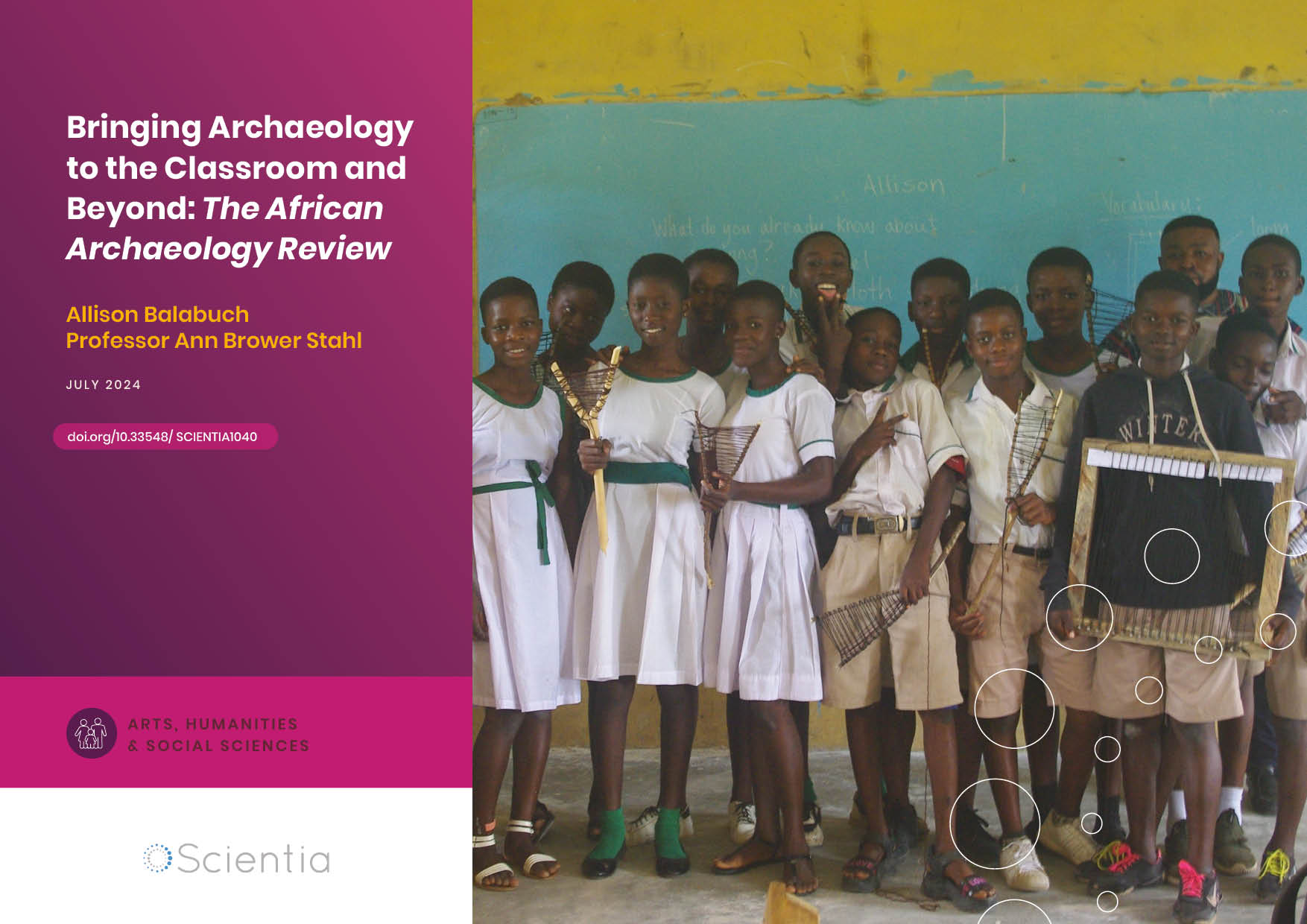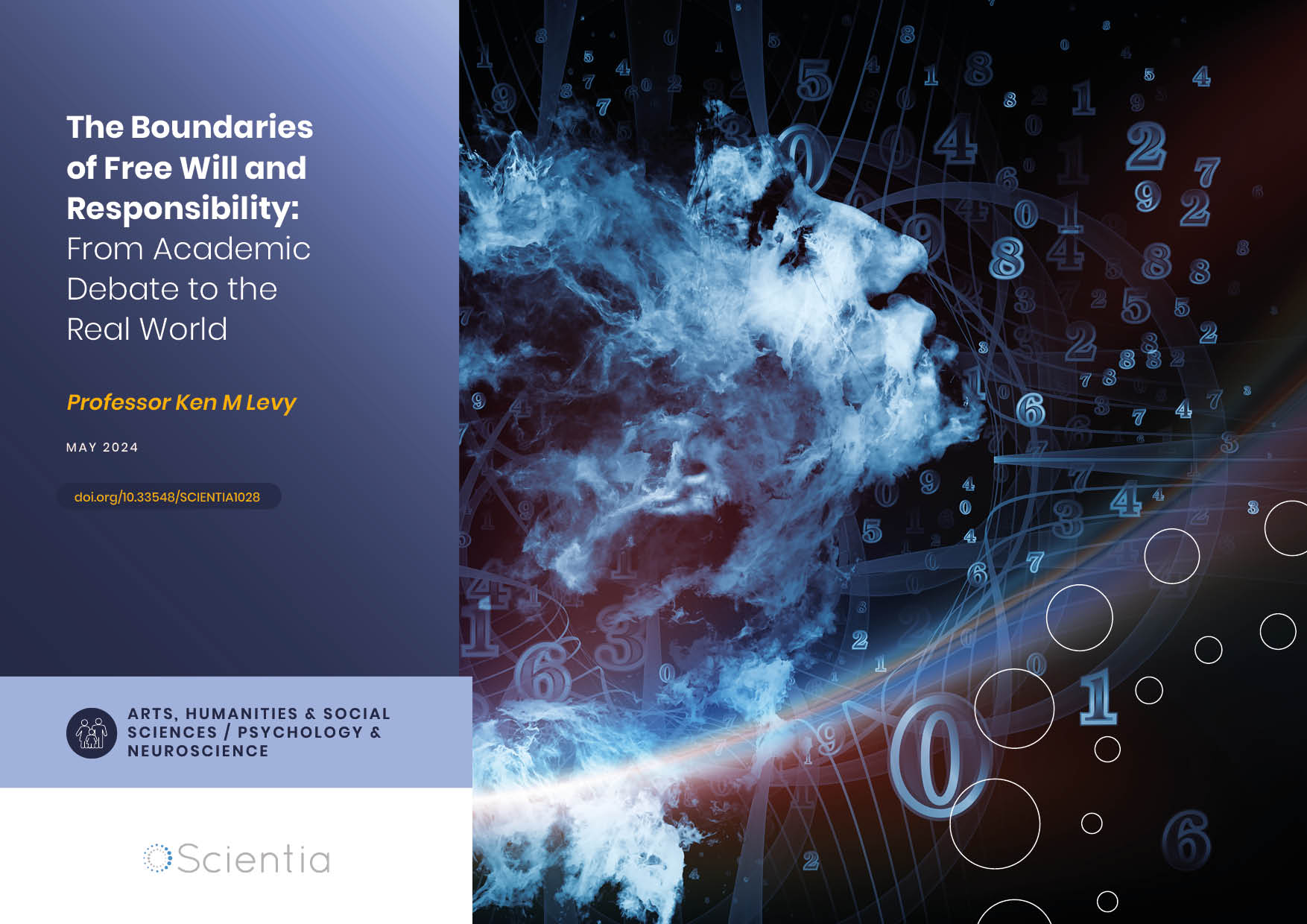Professor Kim McDonough | Speak and I’ll Tell You Who You Are
While international students are common at universities in the English-speaking world, it is unclear how much the language skills of these students and their ethno-racial backgrounds affect their educational and social experiences. Professor Kim McDonough from Concordia University, Canada, and Professor Masatoshi Sato from Universidad Andres Bello, Chile, conducted research with colleagues which resulted in some very surprising findings.
The Benefits International Students Bring
Unquestionably, universities strive to recruit and educate international students due to the diversity and income they bring. In the English-speaking world, after the USA and Australia, Canada educates the third highest number of international students, with approximately 300,000 of them studying in the country in 2018–19, and this number is increasing at a rate of 15% a year. Approximately 50% of this student population comes from Asia, mostly China and India.
International students contribute over $22 million a year to Canada’s economy, and the benefits do not stop there. After completing their education, highly trained international students are ideal candidates to fill gaps in the workforce of the nation. Indeed, a significant number of them contribute this way, either by gaining short-term employment on 3-year temporary work permits or by becoming permanent residents.
Not Quite an Idyllic Picture
Given the economic importance of international students, the Canadian Bureau of International Education regularly evaluates their experiences. A recent survey of 14,000 foreign students indicated that the majority were ‘satisfied’ or ‘very satisfied’ with their experience, describing Canada as a welcoming and friendly country. However, changing political attitudes towards immigrants and the COVID-19 pandemic triggered an increasing anti-Asian sentiment in some pockets of the general population.
Professor Kim McDonough (Concordia University, Canada), Professor Masatoshi Sato (Universidad Andres Bello, Chile), and their colleagues wondered whether such negative feelings affected the relationships among university students. To answer this question, the team devised some probing experiments designed to detect unconscious bias against international students.
How Do Linguists Detect Discrimination?
To understand the work of the group, we need to start with the researchers’ explanation of linguistic stereotyping. The basic premise is relatively simple: we are constantly being judged by people around us, based on how we speak. Even within the same country, certain regional accents, or the use of minority languages can alter how people perceive an individual.
As Professors McDonough and Sato tell us, subconscious conclusions drawn by listeners can be divided into two categories. Some ‘assess’ the speaker’s social status, level of education, social class, ambition, intelligence and competence. Scientists call these ‘status traits’. The other group of characteristics, the so-called ‘solidarity traits’, are value judgements on the trustworthiness, kindness and helpfulness of the individual who is talking. Surprisingly, the accent of a person can even affect their perceived attractiveness.
When it comes to racialised speakers, the complexity of these subconscious judgments is illustrated by a phenomenon called ‘reverse linguistic stereotyping’. This scientific term can be explained with a relatively simple example: when listening to a racialised individual, some listeners will still perceive them as less well-spoken and harder to understand, despite English being their first language. In this case, subjective judgement about accent is influenced by how the speaker looks.
Experimental Setup with a Twist
The researchers recorded short speech samples of male and female international students discussing academic and everyday topics. Those talking were either European (German or Romanian), Chinese, or South Asian (Urdu). These recordings were then played to 80 fellow students – ‘raters’ – 25% of whom were native English speakers, while the remaining 75% represented a diverse group of 22 different language groups.
These students were asked to give an opinion on how strong the speaker’s foreign accent was and how easy, or difficult, they were to understand. In further questions, those listeners were also asked about how willing they would be to interact with individual speakers, share lecture notes, or participate in group projects involving them. Additional questions prompted listeners to rate the speakers’ intelligence, trustworthiness, and competency and to give an opinion about how pleasant, sincere, and attractive the speakers were, thus rating their status and solidarity traits.
The scientists employed a key twist in these experiments: while playing the same speech sample, the raters were shown different faces – implying that the speaker was European, Chinese, or South Asian. And those faces were matched with different types of accents.

Evidence for Discrimination: Some Good News
Previous research documented that American students rated their European classmates as more understandable and less accented than those students who were from Asia or Latin America. Similarly, during the experiments carried out by Professors McDonough and Sato and their colleagues, listeners generally reported that they found European students easier to comprehend and rated them as more intelligent and likeable. Given that 75% of the raters consisted of a diverse group with an international background, who spoke English as a second language, this preference was somewhat unexpected.
However, despite the lower ratings for Asian speakers, there were some encouraging findings. Firstly, listeners attached more positive characteristics to speech samples they found easier to understand, irrespective of the ethnic background of the speaker. In addition, receiving positive or negative ratings mostly depended on how easy the speech sample was to comprehend and the strength of the accent of the speaker appeared less important. Crucially, putting a European face to an Asian speech sample did not improve the perception of the speaker, indicating that the students listening to the speech samples were not influenced by physical appearances.
Explanations and Practical Considerations
As Professors McDonough and Sato tell us, there could be two explanations for the observed preference for European voices. One of these could be racial/ethnic discrimination. The other reason is that individuals are simply trying to avoid the extra ‘work’ of deciphering unfamiliar language use. The finding that listeners were not influenced by the appearance of the speakers indicates that racial/ethnic discrimination is not widespread amongst the students participating in the experiments, and their preferences were mostly due to the extra mental challenge of trying to understand what was being said. A caveat here is that the listeners resided in Montreal, Canada, a multilinguistic and multicultural city. So presumably, the listeners were already accustomed to different faces and accents.
Professors McDonough and Sato were particularly encouraged by this finding as it points towards the ways Concordia University may help the integration of international students into the academic community. While ethnic/racial discrimination is notoriously difficult to break down, instructors and administrators can easily devise activities in which international students can participate and establish social interactions with their peers.
Some Limitations and Future Research
Given that this work has already produced scientific and practical benefits, Professors McDonough and Sato are already planning on extending this avenue of research. As they point out, the number of speech samples was relatively low, so it was impossible to evaluate whether male and female speakers are rated the same way. Furthermore, they are concerned that showing a stationary image while listening to speech samples may not elicit unconscious bias. Therefore, the scientists are planning a larger study that involves showing video recordings of the speakers. In addition, they also plan to elicit a more comprehensive view of students’ attitudes towards international students using interviews and questionnaires. As Professors McDonough and Sato point out, this work will help the education of international students worldwide.
SHARE
DOWNLOAD E-BOOK
REFERENCE
https://doi.org/10.33548/SCIENTIA887
MEET THE RESEARCHERS

Professor Kim McDonough
Department of Education
Concordia University
Montreal
Canada
Professor Kim McDonough initially trained at the University of Michigan, where she graduated with a BA in Political Science and Studies in Religion in 1992. After teaching English in Thailand for four years, she continued her studies at Michigan State University, where she obtained a MA degree in Teaching English for Speakers of Other Languages in 1998. Finally, she completed her PhD degree in Applied Linguistics at Georgetown University in Washington DC in 2001. She started as an Assistant Professor at the Division of English as an International Language at the University of Illinois Urbana-Campaign the same year. In 2005, Professor McDonough moved to Northern Arizona University where she became an Associate Professor in Applied Linguistics. She joined the Department of Education at Concordia University in 2010, where she became a Professor of Applied Linguistics in 2015. While at Concordia University, she served as a Canada Research Chair in Applied Linguistics from 2011 to 2021. Her primary research goal is to identify how interaction facilitates second-language learning, and she is also interested in developing written and oral communication tasks that promote peer interaction in second-language classrooms. Her most recent research investigates the role of visual cues during face-to-face conversations.
CONTACT
E: Kim.McDonough@concordia.ca; Masatoshi.sato@unab.cl
W: https://www.cal-lab.ca/kim-mcdonough.html

Professor Masatoshi Sato
Department of English
Universidad Andres Bello
Santiago
Chile
Professor Masatoshi Sato was born and raised in Osaka, Japan, and obtained his BA in Cross-Cultural Studies from Kobe University in 2004. During his undergraduate studies, he completed an MA certificate in Teaching English to Speakers of Other Languages at the University of New Mexico, with an ambassadorial scholarship from the Rotary Foundation. He then moved to Montreal, Canada, where he completed a MA degree in Second Language Education (2004–2006) and a PhD in Educational Studies (2008–2011) both at McGill University. Since 2012, he has been teaching at the Universidad Andres Bello, where he trains pre-service and in-service second language teachers. He is the recipient of the 2014 ACTFL/MLJ Paul Pimsleur Award and is currently the Editor of the international journal Language Awareness. He is also the Co-Director of TESOLGraphics whose aim is to facilitate communication between researchers and practitioners related to second language teaching. His research interests include instructed second language acquisition, peer interaction, metacognition, corrective feedback, learner psychology, teacher beliefs, race and accent, and the research-practice relationship.
CONTACT
E: Masatoshi.sato@unab.cl
W: https://anaheim.edu/schools-and-institutes/graduate-school-of-education/ma-in-tesol-main/243-about/faculty-and-staff/tesol-faculty/2122-masatoshi-sato.html
KEY COLLABORATORS
Professor Pavel Trofimovich, Concordia University, Montreal, Canada
Oguzhan Tekin, Concordia University, Montreal, Canada
FUNDING
Canadian Social Science and Humanities Research Council
Canada Research Chairs Program
FURTHER READING
K McDonough, P Trofimovich, O Tekin, M Sato, Exploring linguistic stereotyping of international students at a Canadian university, Journal of Multilingual and Multicultural Development, 2022. DOI: https://doi.org/10.1080/01434632.2022.2115049

REPUBLISH OUR ARTICLES
We encourage all formats of sharing and republishing of our articles. Whether you want to host on your website, publication or blog, we welcome this. Find out more
Creative Commons Licence (CC BY 4.0)
This work is licensed under a Creative Commons Attribution 4.0 International License. 
What does this mean?
Share: You can copy and redistribute the material in any medium or format
Adapt: You can change, and build upon the material for any purpose, even commercially.
Credit: You must give appropriate credit, provide a link to the license, and indicate if changes were made.
SUBSCRIBE NOW
Follow Us
MORE ARTICLES YOU MAY LIKE
Allison Balabuch – Professor Ann Brower Stahl | Bringing Archaeology to the Classroom and Beyond: The African Archaeology Review
The African Archaeology Review (AAR) journal recently celebrated its 40th anniversary. To mark this occasion, a special issue was compiled with an innovative theme: Archaeology for Education. To achieve this, the AAR editorial team assembled a group of academic researchers in archaeology with the proposition of writing articles collaboratively with educators that would make their research centred on Africa’s rich pasts accessible for use in school learning. The goal is to change the stories we tell about Africa both within and outside the continent.
Professor Ken M Levy | The Boundaries of Free Will and Responsibility: From Academic Debate to the Real World
For almost thirty years, Professor Ken M Levy of Louisiana State University Law School has been thinking and writing about free will and responsibility. In several articles and his recent book, Free Will, Responsibility, and Crime: An Introduction (Routledge 2020), Professor Levy discusses a wide range of subjects, including the myth of the ‘self-made man’, whether psychopaths are culpable for their crimes, and the increasingly popular but highly controversial theory of responsibility scepticism. Professor Levy’s research has profound implications for law, ethics, and society.
Abordando el Aislamiento Social y la Depresión entre Mujeres Inmigrantes Mexicanas
Una gran cantidad de mujeres mexicanas sufren aislamiento y depresión después de llegar como inmigrantes a los Estados Unidos. Son particularmente vulnerables en el caso de carecer de conexiones sociales o una red de apoyo en su nuevo entorno. Un grupo inovador de investigación de la Universidad de Nuevo Mexico ha desarrollado una prometedora iniciativa llamada “Tertulias”,que ayuda a mejorar la salud mental y el bienestar de las mujeres inmigrantes.
Dr Shami Ghosh | A New, Evidence-based Perspective on How Capitalism Developed in Europe
The political and economic system of capitalism is dominant in the Western world. But how did we get here? Dr Shami Ghosh, an associate professor in the Centre for Medieval Studies at the University of Toronto, is challenging influential perspectives on the development of capitalism in Europe.





